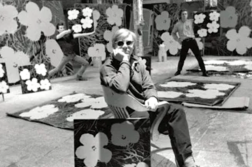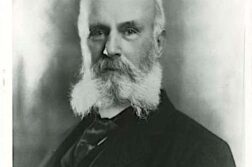IN AN ESSAY titled “The Autumn in Florence,” Henry James reflected on the physical changes in the city that had been, for a brief period in the 1860’s, the capital of the newly formed Italian state. Writing in the early 1870’s, James admired the city for its architecture and its heritage of Renaissance art, an art that was intimately tied to the city’s political leaders and patrons. From its Renaissance origins, James wrote, Florence had been “a daughter of change and movement and variety, of shifting moods, policies and regimes.” In the more recent autumn of 2007, Italy’s first large-scale exhibition of homoerotic art was mounted in Florence, merging politics and art in a slightly different way.
Entitled “Arte e Omosessualita: da von Gloeden a Pierre et Gilles” (Art and Homosexuality: From von Gloeden to Pierre and Gilles), the show brought together over 150 works by Italian and international artists from the past 120 years. Included were works by relatively unknown early 20th-century Italian artists such as Filippo de Pisis and Brancaleone da Romana, as well as more widely recognized artists such as Andy Warhol, Robert Mapplethorpe, Nan Goldin, and Mauricio Cattelan.






